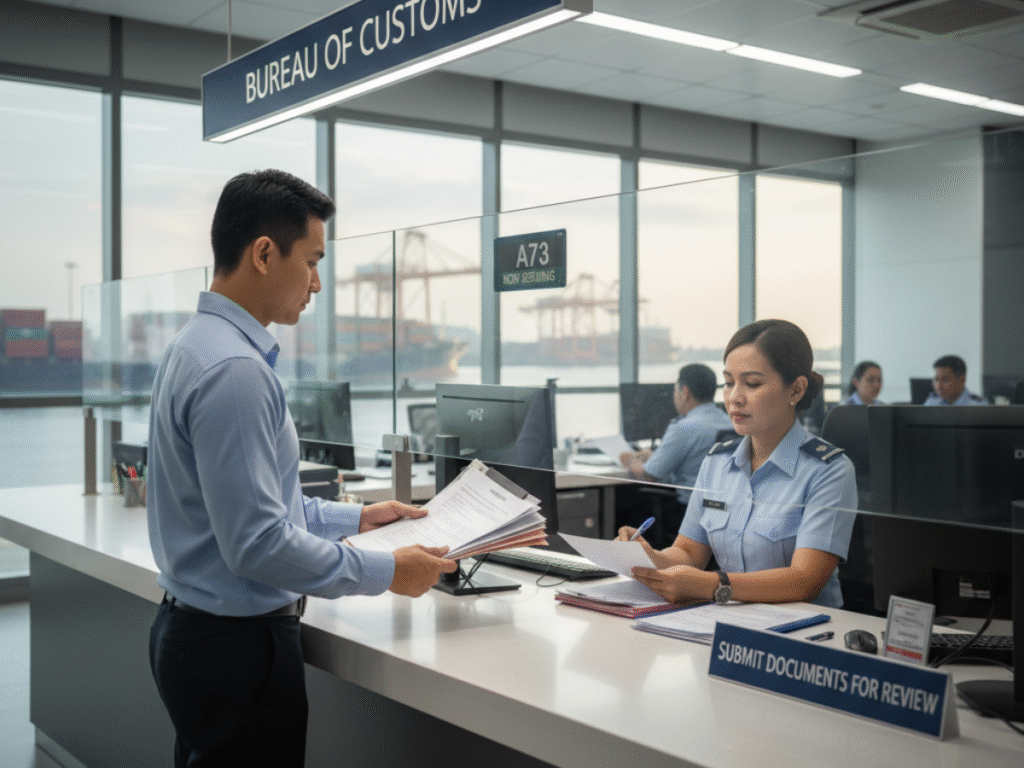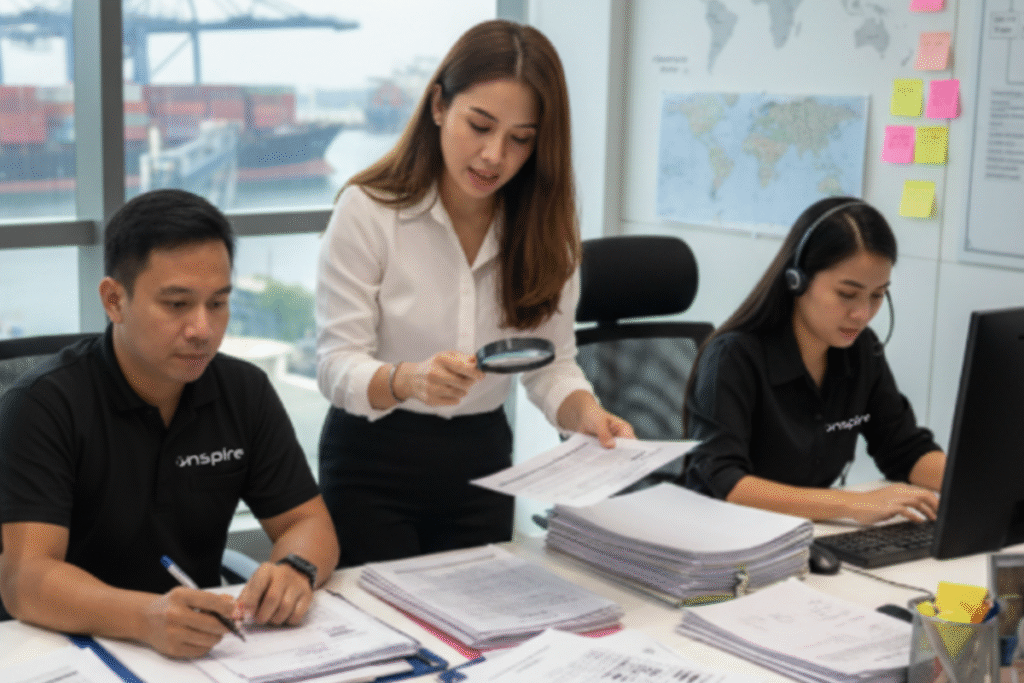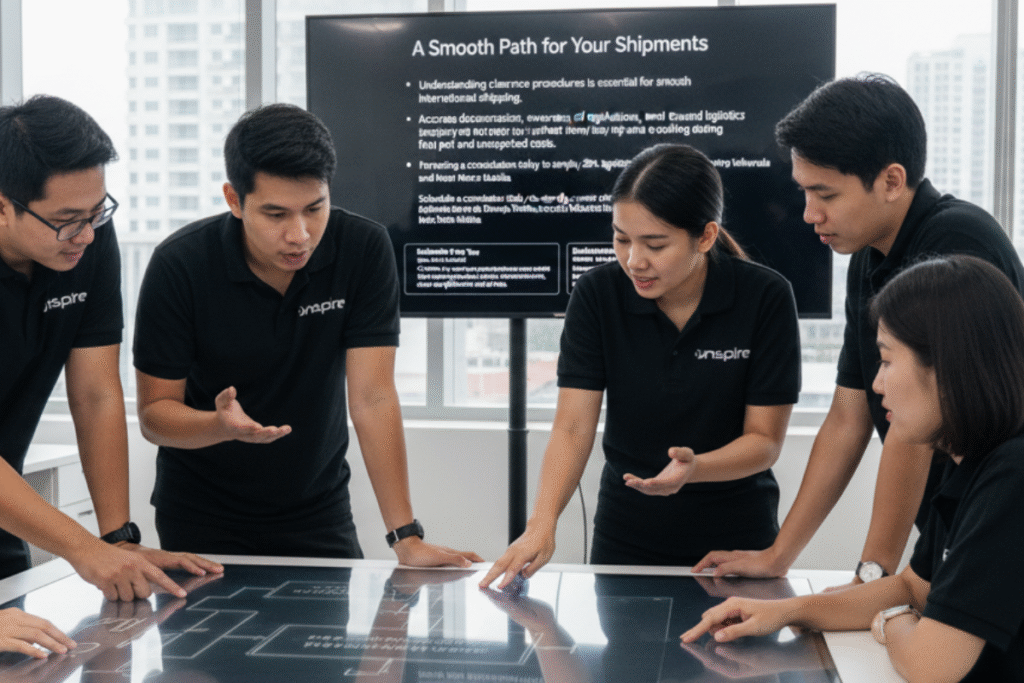Shipping goods internationally can be complex, and understanding customs clearance is essential to avoid delays, fines, or lost shipments. This guide explains what it means, the step-by-step process, and practical tips to keep your operations smooth and compliant.
Key Takeaways
It is the process of getting goods approved by the customs authorities of the importing country. This ensures that shipments meet all legal requirements, including documentation, taxes, duties, and regulations. Without proper approval, goods can be delayed, returned, or even confiscated.
Key Points:
This step is vital for businesses engaged in international trade because even minor errors can lead to significant delays and added costs.

Handling cross-border shipments correctly is critical for companies engaged in international trade. Mistakes can result in:
Working with an experienced logistics partner helps ensure compliance with regulations and smooth delivery to customers.
Understanding the procedure helps ensure smooth logistics. Here’s a clear step-by-step process:
Prepare all required documents before shipping:
Accuracy at this stage reduces delays and inspection issues.
Submit the documents to the customs authority in the destination country. Customs officials review them to ensure compliance with regulations. Inaccurate or missing documents often cause shipment holds.
Customs calculates applicable duties, taxes, and fees based on product type, value, and country of origin. Timely payment is crucial to avoid shipment delays or fines.
Inspections may be random or triggered by high-risk shipments. Ensure proper packaging and labeling to minimize delays and avoid unnecessary complications.
Once approved, shipments are released for delivery. Partnering with a 3PL logistics provider ensures seamless transportation from the port to the final destination.

Businesses often encounter several hurdles when moving goods across borders. Here are the most frequent issues and how to address them effectively:
Q1: What is the difference between customs clearance and customs brokerage?
A: Clearance refers to the overall approval process, while a broker is a licensed professional who helps facilitate that process.
Q2: How long does the process usually take?
A: Clearance can take hours or days, depending on documentation, inspection, and local regulations.
Q3: Can 3PL logistics providers handle this process?
A: Yes, many 3PL providers manage documentation, payments, and shipments efficiently.
Q4: What documents are typically required?
A: Commercial invoices, packing lists, bills of lading, permits, and certificates of origin are essential.
Q5: How can businesses reduce customs delays?
A: Accurate documentation, updated regulatory knowledge, and experienced 3PL support are key.
Q6: Are there penalties for incorrect customs paperwork?
A: Yes, missing or inaccurate documents can lead to fines, storage fees, or confiscation of goods.
Operating in Valenzuela, Metro Manila, businesses in the area benefit from:
Having local support ensures faster response times, stronger knowledge of regulations, and more efficient handling of shipments.

Understanding clearance procedures is essential for smooth international shipping. Accurate documentation, awareness of regulations, and trusted logistics support play a vital role in avoiding delays and unexpected costs. Partnering with experienced 3PL logistics providers ensures shipments move efficiently from port to destination. Schedule a consultation today to simplify the process and keep deliveries on track across Valenzuela and Metro Manila.
Inspire E-Commerce Solutions Inc.
Warehouse 4 & 5, C Teknik Industrial, 143 P. Gregorio Street, Valenzuela,
1442 Metro Manila
inspiresolutions.asia